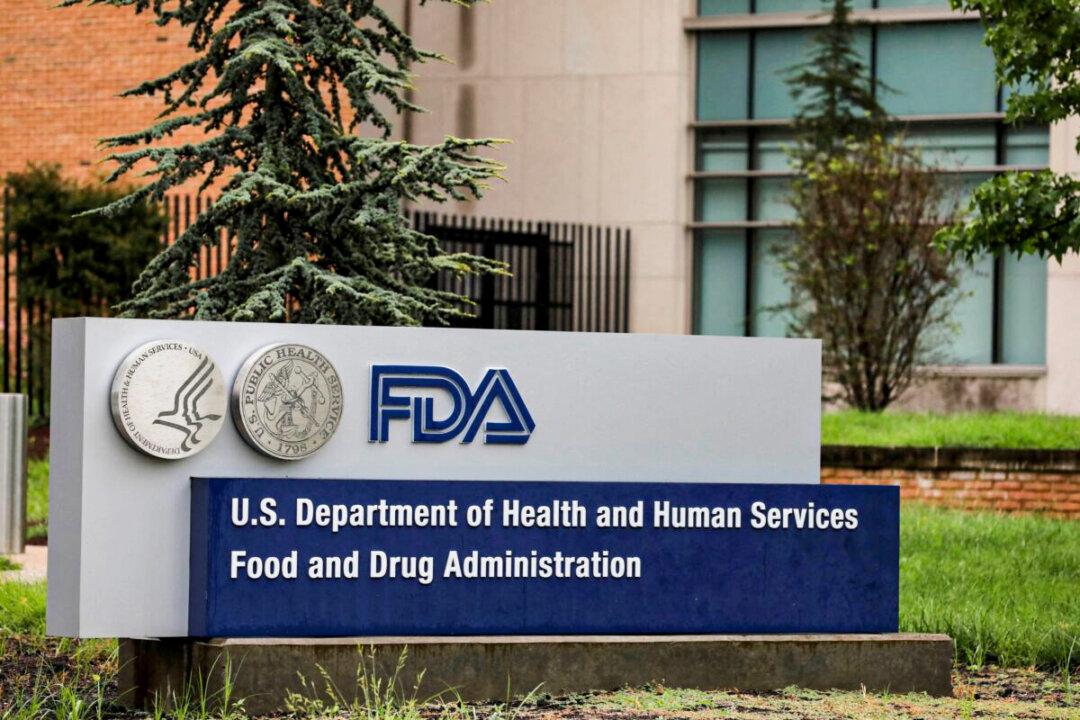
Plant workers inspect cuts at the Beef Products Inc. (BPI) facility in South Sioux City, Nebraska, on Nov.19, 2012. Reuters/Lane Hickenbottom
Meat shortages in the United States could end within 10 days as meat plants start to reopen, Agriculture Secretary Sonny Perdue said on May 6.
“I think we’ve turned the corner,” Perdue said on May 6 during a meeting at the White House with President Donald Trump.





